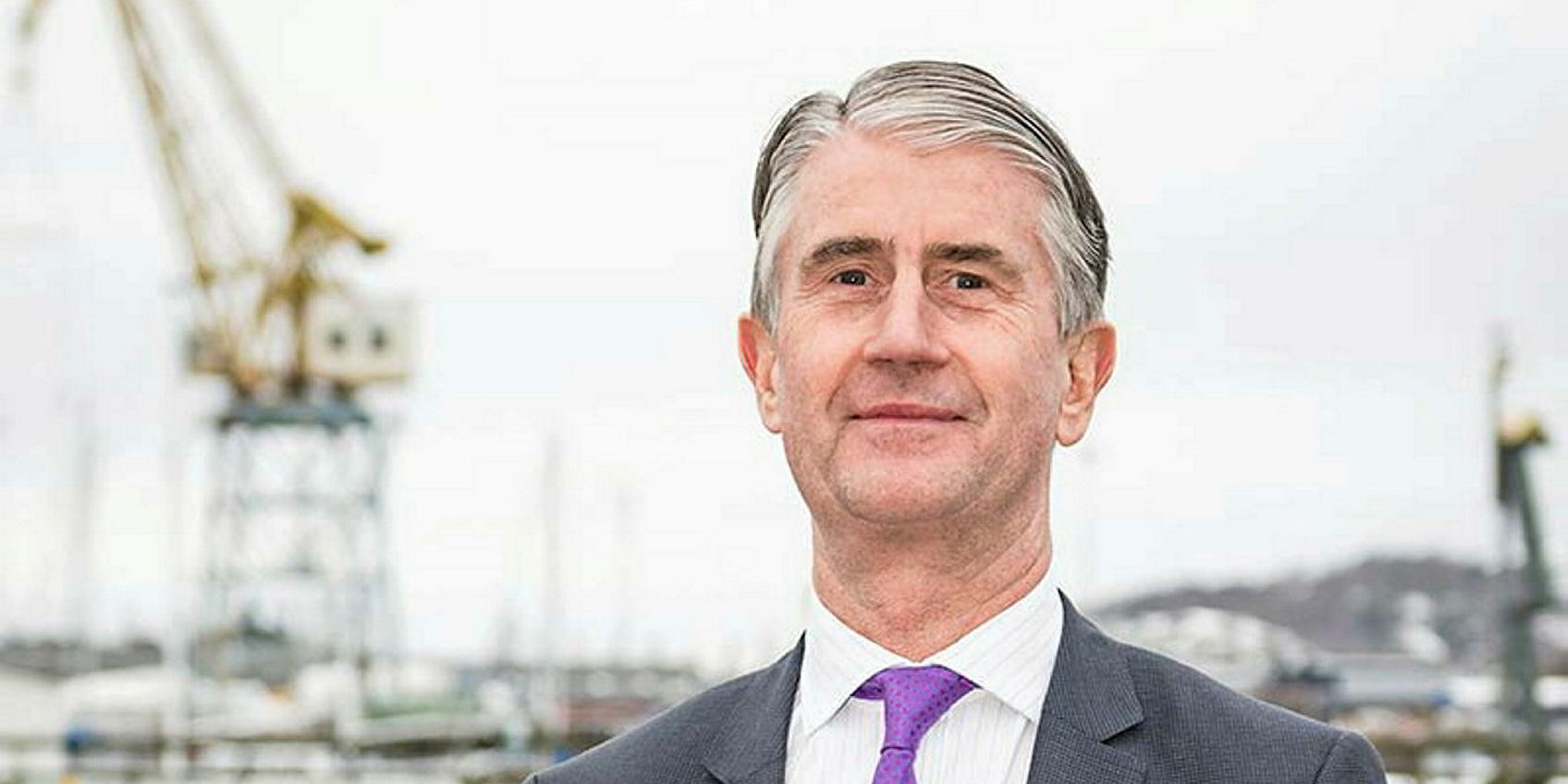The Swedish Club is trying to reduce its claims costs through a digital project that it hopes will uncover the link between trading patterns and shipowners’ claims.
The insurance mutual, which is involved in protection and indemnity as well as hull and machinery, revealed the new approach to shipowner members at last week’s annual general meeting in Gothenburg.
Through a related loss-prevention programme, it aims to help members identify risks more accurately and reduce the number of incidents and claims.
The trial project involves analysing the club’s claims history and comparing it to trading patterns through historic AIS data to identify where members might be facing the highest risks.
The early results have already overturned some widely held beliefs about the relation between risks and claims.
Managing director Lars Rhodin said: “We are trying to work out certain combinations of trades and claims, and we have already been able to identify a number of anomalies.
“We think we have a lot of claims in Asia, but that is not the case in relative terms. You don’t realise it until you look at claims more holistically.”
Under a pilot project, a number of fleets covered by the Swedish Club are being routinely sent loss-prevention data specific to the port to which they are trading.
The notes are based on the club’s claims records, the local knowledge of correspondents and other sources. The advice is generated automatically from AIS information on the port of destination that ships are displaying.
Project showing promise
Rhodin said the project is showing a lot of promise in terms of reducing risk and, as a result, claims and costs.
“We will be interested to see what we can learn from the AIS data as a refinement of our understanding,” he added. “We would like to see what it will lead to in terms of exposure and pricing and also loss prevention.”
Although the Swedish Club is tackling its claims costs, it has demonstrated a good loss-prevention record in the past year.
Along with Skuld, it was one of only two members of the International Group of P&I Clubs to announce an underwriting profit. Its combined ratio was 99%, indicating that premium income was greater than claims, costs and expenses.
But Rhodin said that despite this strong performance, the loss-making underwriting performance of most P&I clubs indicates it might be time for an increase in premiums.
“We have had three to four years without a general increase, which has led to premium erosion,” he said. “You also have the churn effect, inflation and a difficult outcome for pool claims. At the moment, the premium income is not there for to meet that outcome.”
He said any decision on a general increase would also be influenced by the difficult trading conditions most of the club’s members are working in. “We will have to find a balance between the needs of the clubs and the needs of our members.”





